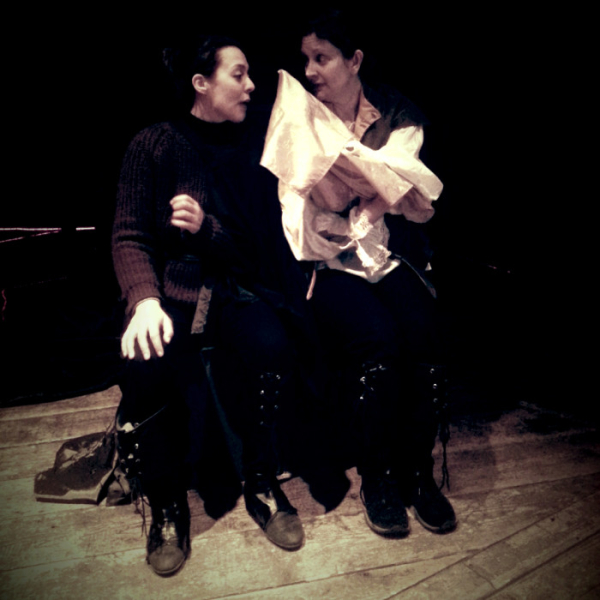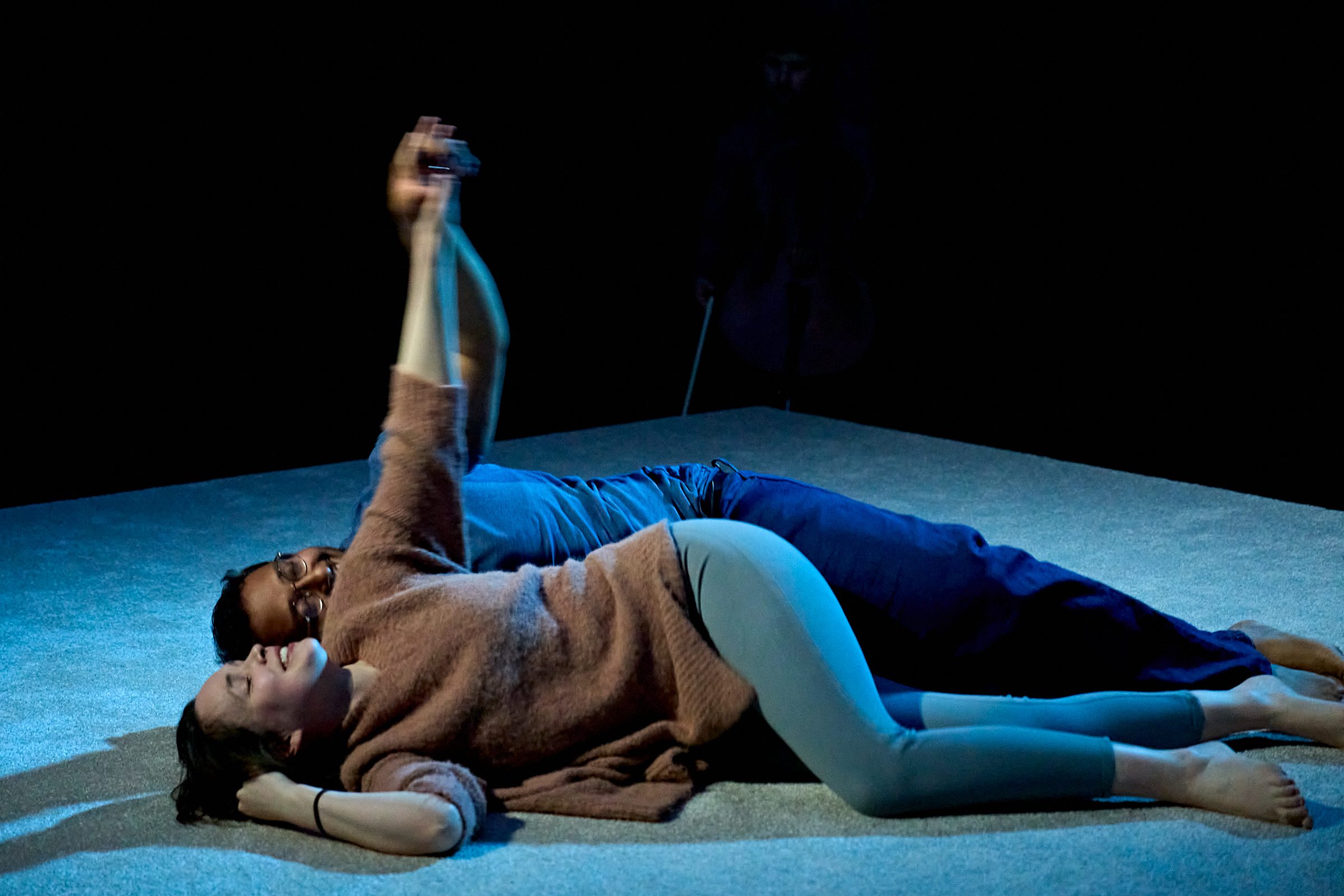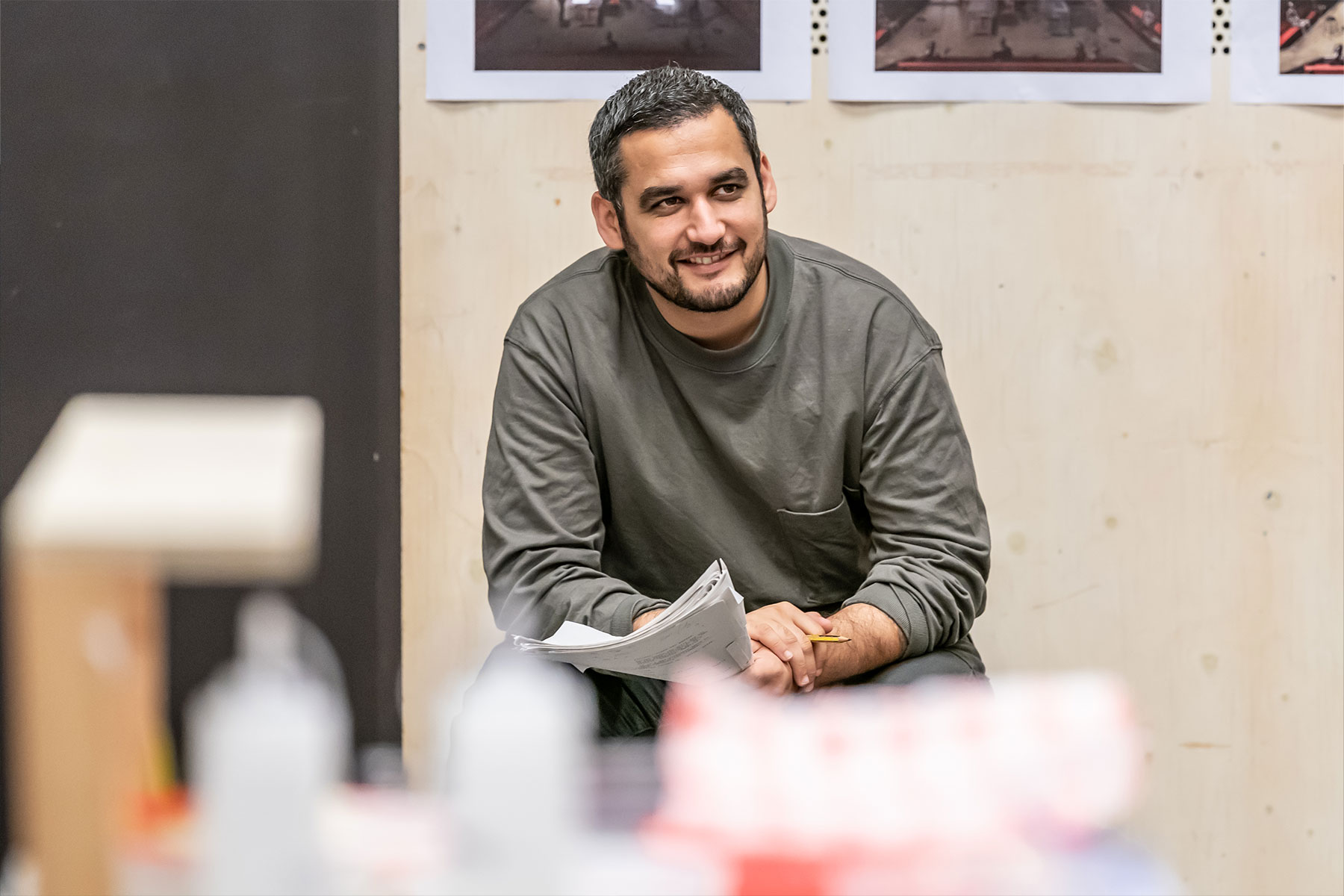Richard III (The Rose Playhouse, Bankside)

Performing a play with over 40 characters – most of them men – with a cast of four women is quite a feat, and one which Scrawny Cat Theatre Company manages with brisk efficiency by trimming the text to 90 minutes and dispensing with numerous roles.
Deformity is inextricably linked with villainy in the title role, so the physical portrayal of Richard is a starting point for most actors. And his earthly remains, discovered under a Leicester car park in 2013, established beyond doubt that Richard’s back was indeed twisted by a severe scoliosis of the spine.
But this quartet of actors swap the role of Richard between them throughout the production, so any attempts at shuffling, limping or otherwise looking anything like a "bottled spider" are done away with. Instead, a black-cloaked, crooked puppet opens the action and is waved around to establish that this is a man whose "foul deformity" reflects his ruthless heart.
This start is slightly awkward, with the four actors sharing – some might say diluting – Richard’s opening speech.
But once they put down the puppet and get into their stride, and we accept the non-stop role changes, the production is tense, exciting and engaging. There are strong characterisations from Victoria Allies in particular, who brings pathos to poor doomed Clarence, dignity to Buckingham, and chilling venom to the curses of Queen Margaret.
Rosemary Tross manages a light touch for one of Clarence’s murderers, hovering in an agony of indecision between avarice and conscience. Charley Willow also has a standout scene as Richard, coolly winning the hand of Marie Rabe's distraught Lady Anne by flattery, even while she mourns over the murdered corpse of Henry VI.
Director Charlotte Ive's even-handed approach gives everyone a chance to tackle the meatier roles, with the actors quick-changing into easily identifiable costumes to remind us who’s who. The design team do a good job here, with a cleverly embroidered cloak for Richard and some jaunty hats to help the action along. The young princes are represented by silk cloths wound around the actors’ fists, rather like royal sock-puppets, but they’re tenderly vocalised with real sympathy.
The eerie soundscape, created and performed by Elizabeth Graham, adds an ominous undercurrent and is especially effective in this venue. Although the stage is small, its backdrop is the stunning remainder of Shakespeare’s own Rose Theatre, also discovered by an archaeological dig in 1989. Its original outlines are lit, but otherwise all is cavernous darkness, and Graham’s voice echoes with a chill resonance.
Created with limited resources, this is an unusual production that might prove challenging to anyone unfamiliar with the plot, but it’s an altogether impressive and committed performance.










